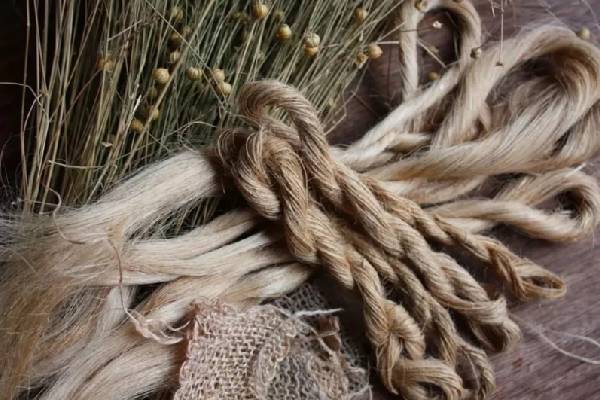Flax fiber has unique consumer properties:
- flax is highly hygroscopic, absorbs drop moisture well and at the same time quickly releases it and dries;
- no static electricity charges are formed on flax fibers;
- the degree of polymerization of flax cellulose is 2-3 times higher than that of cotton, so it is much stronger,
more resistant to destruction in light and can withstand a greater number of washes
- when worn, it does not turn yellow or age, but only becomes whiter and more pleasant;
- flax has bactericidal properties.
These and other properties make flax beneficial to human health, and products made from it are convenient to use.
Nowadays, flax fiber and flax products are in high demand on the world market. For its unique properties, linen is often called the “gold of textiles.”
Linen has a history of more than 10000 years. We know that linen fabrics were on the mummies of Egyptian pharaohs; Roman patricians, soldiers and sailors of Peter the Great's fleet dressed in linen clothes. The peasants used homespun linen clothing. For thousands of years, flax was used to make the finest cambric and Brussels and Vologda lace, as well as coarse clothing and sails.
